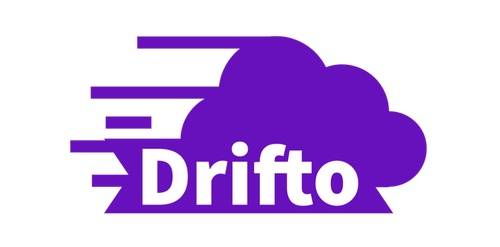User event data (clickstream, transactions, product interactions, etc.) is one of the highest volume and veracity data sources collected by organizations, but it is still notoriously hard to featurize event streams and generate data-driven insights or actionable models.
Drifto is an automated feature engineering and machine learning tool. Drifto automatically generates a large number of user-centric autofeatures over a specified time period. Drifto offers a nearly fully-automated point-and-shoot experience: just point Drifto towards your raw event tables! Drifto also provides a suite of machine learning models that automatically interoperate with your generated feature tables.
Drifto is built on DuckDB and Apache Arrow, and therefore is scalable to large datasets. Contact us at [email protected] if you are interested in scaling Drifto up to the petabyte scale with a fully-managed cloud deployment.
- Join, merge, and wrangle disparate user event tables across all user touch points
- Generate dozens, hundreds, or even thousands of high-quality autofeatures
- Train models on training features and run inference on production features
- [soon] Schedule and manage your Drifto pipelines to keep tables and models updated
- [soon] Track data lineage all the way from raw data to processed features to trained models.
- [soon] Combine with self-supervised deep neural autofeatures that allow for unprecedented levels of user-behavior understanding
- Customer Value Estimation
- Churn Prediction
- Anomaly Detection
- [soon] Personalization
- [soon] Demand Sensing
Install Drifto with pip install . from this directory.
See the examples directory for our primary example.
The sample data has two tables, one with website
clickstream data (events.parquet) and one with checkout transactions (transactions.parquet).
The example merges the two tables into one master event table with drifto.wrangle and then
uses drifto.featurize to automatically compute a large number of features for each user for
each week based on different aggregations of the 'action', 'page', and other columns. These features
are used to predict whether a user will stop making purchases in the subsequent week. See
the docs for a more detailed example walkthrough.
fields = ('user_id', 'timestamp',)
T = drifto.wrangle(*fields,
primary_table_path='events.parquet',
cols=["action", "order_total","attributes->'$.page'"],
table_paths=[('purchase', 'transactions.parquet')])
feature_table, inference_table, metadata = drifto.featurize('action',
*fields, T, 'week', 'action', target_value='purchase',
histogram_cols=["attributes->'$.page'"],
filter_inactive=True)
pq.write_table(feature_table, "features.parquet")
model, metadata = drifto.train(feature_table, metadata, max_epochs=80,
model='logistic', model_export_path='test.onnx', lr=8e-3,
batch_size=512)
predicts = drifto.inference(model, inference_table, metadata)